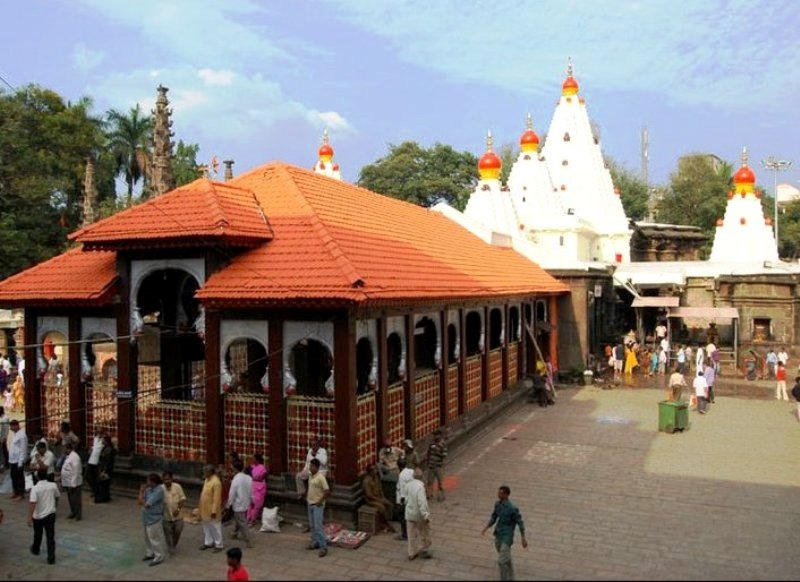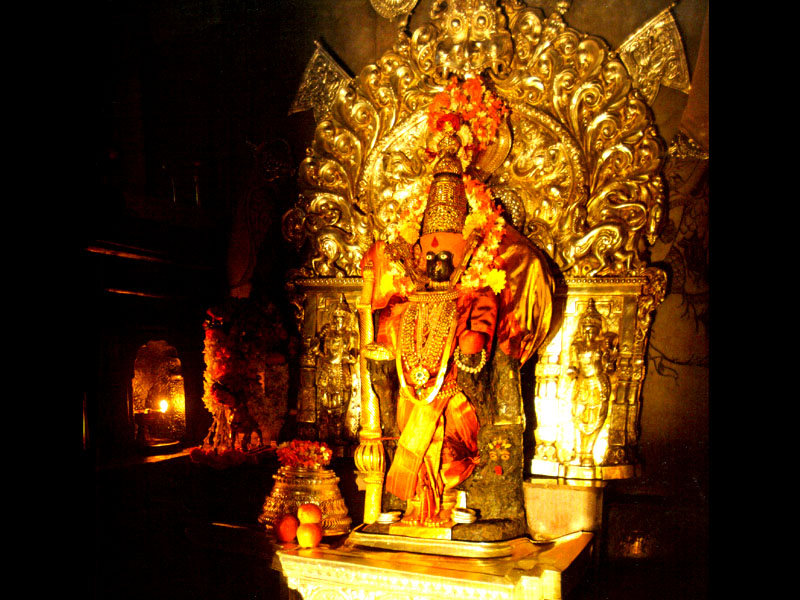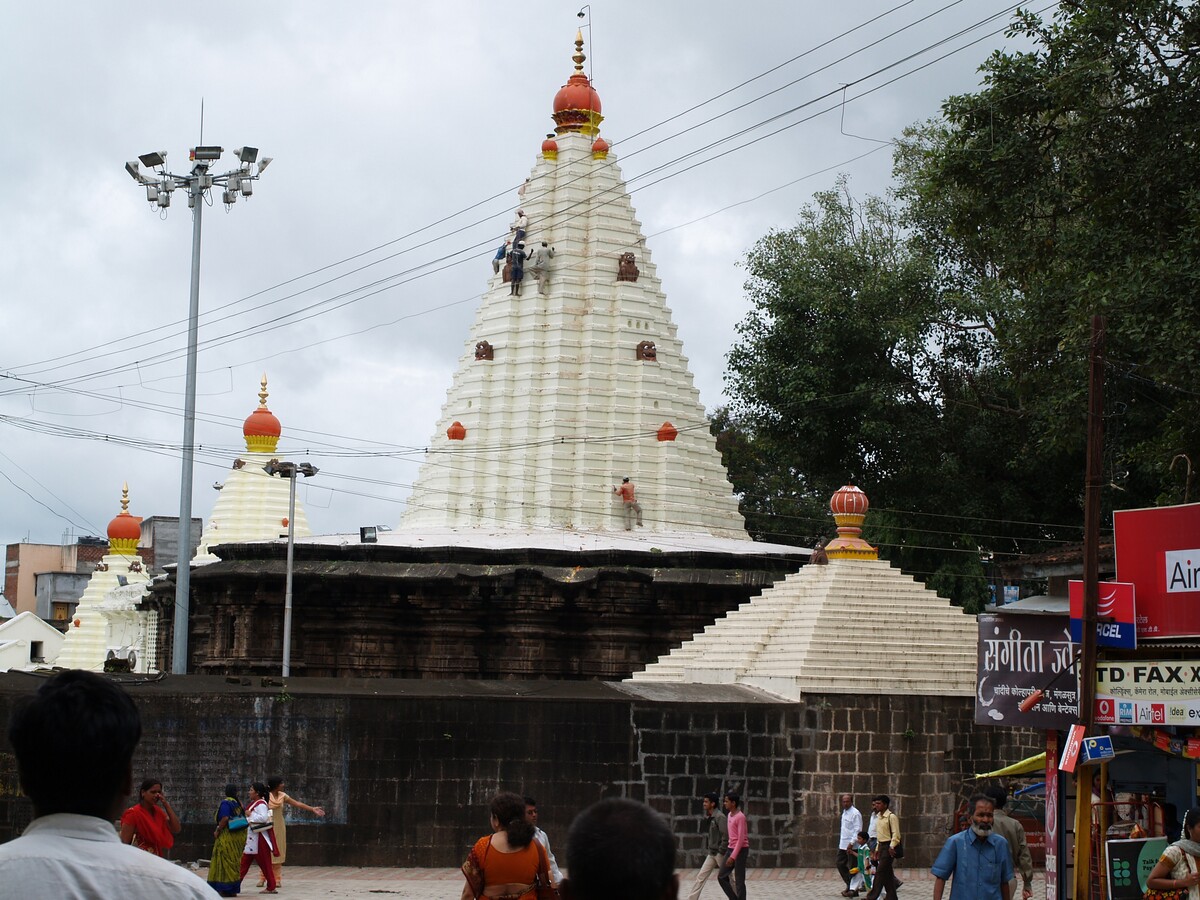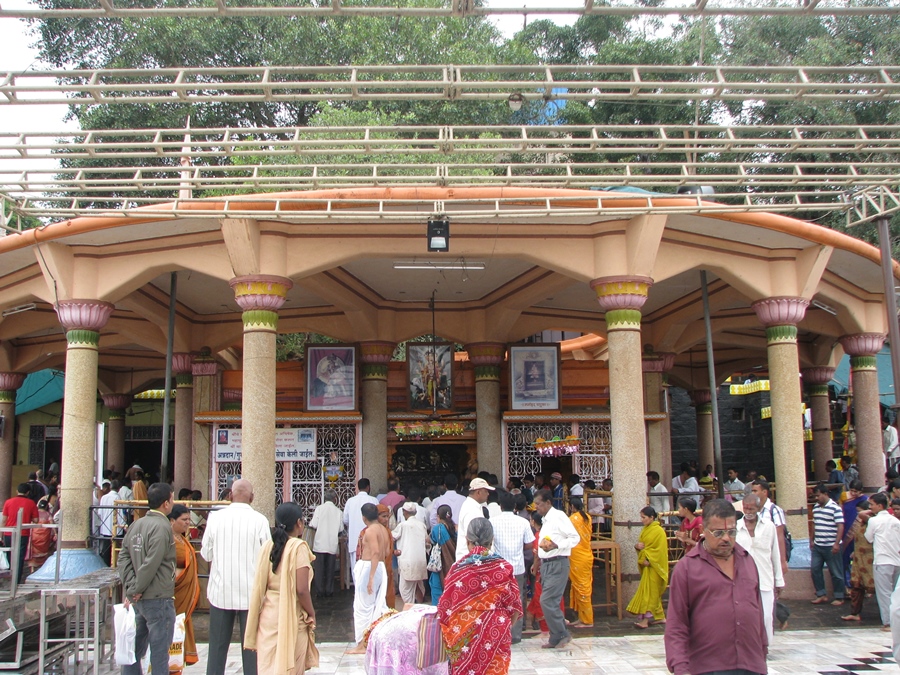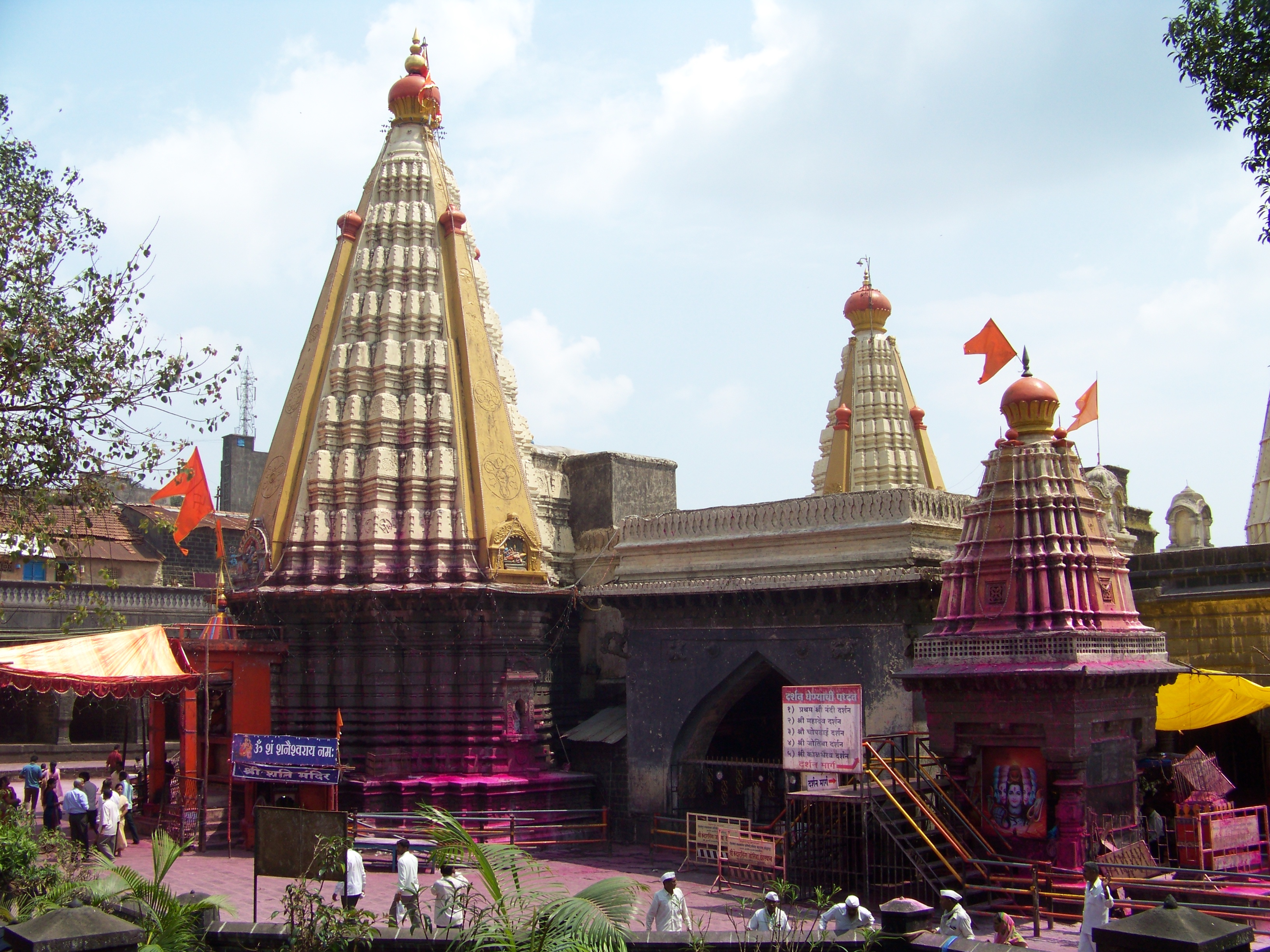
Mahalakshmi Mandir Kolhapur
About Mahalakshmi Mandir
The Shri Mahalakshmi (AmbaBai) Temple of Kolhapur in Maharashtra, India, is one of the Shakti Peethas listed in various puranas of Hinduism. According to these writings, a Shakti Peetha is a place associated with Shakti, the goddess of power. The Kolhapur Shakti Peetha is of special religious significance being one of the six places where it is believed that one can either obtain salvation from desires or have them fulfilled. The temple takes its name from Mahalakshmi, the consort of Vishnu, and it is believed that the divine couple reside in the area. The temple belongs architecturally to the Kannada Chalukya Empire and was first built in the 7th century. Mounted on a stone platform, the image of the four armed and crowned goddess is made of gemstone and weighs about 40 kilograms. The image of Mahalakshmi carved in black stone is 3 feet in height. The Shri Yantra is carved on one of the walls in the temple. A stone lion, the vahana of the goddess, stands behind the statue. The crown contains an image of the Sheshnag — the serpent of Vishnu. In Her four hands, the deity of Mahalakshmi holds objects of symbolic value. The lower right hand holds a mhalunga (a citrus fruit), in the upper right, a large mace (kaumodaki) with its head touching the ground, in the upper left a shield (khetaka), and in the lower left, a bowl (panpatra). Unlike most Hindu sacred images, which face north or east, the image of this deity looks west (Pashchim). There is a small open window on the western wall, through which the light of the setting sun falls on the face of the image for three days around the 21st of each March and September. There are a number of other shrines in the courtyard to the Navagrahas, Surya, Mahishasuramardini, Vitthal-Rakhmai, Shiva, Vishnu, Tulja Bhavani and others. Some of these images date back to the 11th century, while some are of recent origin. Also located in the courtyard is the temple tank Manikarnika Kund, on whose bank is a shrine to Visweshwar Mahadev. The city is referred in many Puranas. Research guesses that it was in existence in the times of Parashuram. The time is considered parallel to that of Mata peeth (Mahurgad), Sapta Shringi (Nasik) and Bhavani Peetha, in the Ramayana times. Karveer washes off great sins. There are many ancient, rich temples, holy places and gardens. There is evidence to show that the Konkan king Kamadeo, Chalukyas, Shilahara, Yadavas of devagiri dynasties visited this city. Adya Shankaracharya also visited. Chhatrapati Shivaji Maharaj & Sambhaji reigned. The idol of Mahalaxmi is made of jewel - stone, approximately weighing 40 kg. The size is like Salunki. Sand & diamond are found in it. It stands on a stony stage with a lion behind it. In the middle there is natural lotus. It is four-handed, having Vetak, shield, Mhalung & Water-Pot. There is crown on the head and a snake holds shade. In 109 A. D. Karnadeo cut off the jungle and brought the temple to light. The existence goes back to the 8th century, according to Dr. Bhandarkar & Mr. Khare. In the 8 th century, the temple sank down due to earthquake. In the 9 th century Gandavadix (King) extended the temple by building Mahakali Mandir. During 1178–1209, in the reign of Raja Jaysing & Sindhava, South gate & Atibaleshwar Temple was built. In 1218 Yadav king Tolum built Mahadwar, and offered jewels to Devi.
By Air: Kolhapur is well connected to other major cities of the country via regular flights.
By Rail: You can easily get regular trains to Kolhapur from other major cities of the country.
By Road: There are regular buses from other major cities of the country to Kolhapur.
- Hotel Pearl.
- Hotel panchshil.
- Hotel Ayodhya Hotel kohinoor.
- Hotel k tree.
.
- Worship-
Five worship services are offered each day. The first one is at 5 am, and it involves the waking of the deity with a Kakada - torch, to the accompaniment of hymns. The second worship service at 8 am involves the offering of the Shodashopachara pooja consisting of 16 elements. The afternoon and evening services and the Shejaarati pooja constitute the three other services.
.

